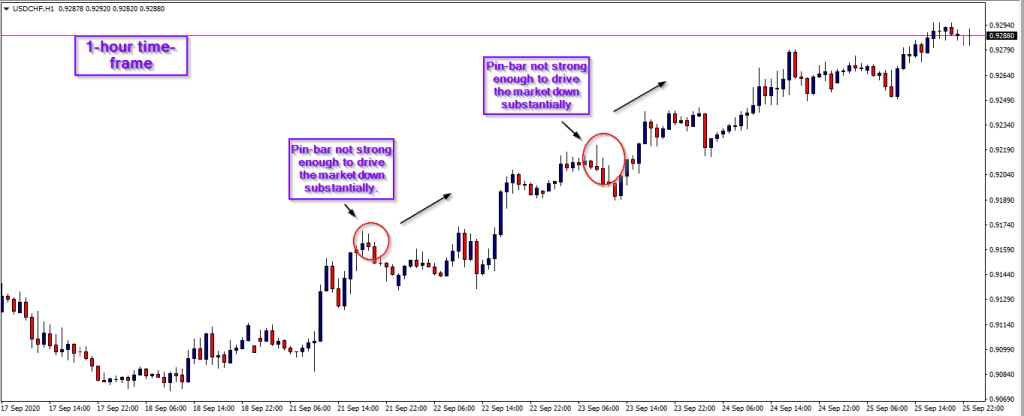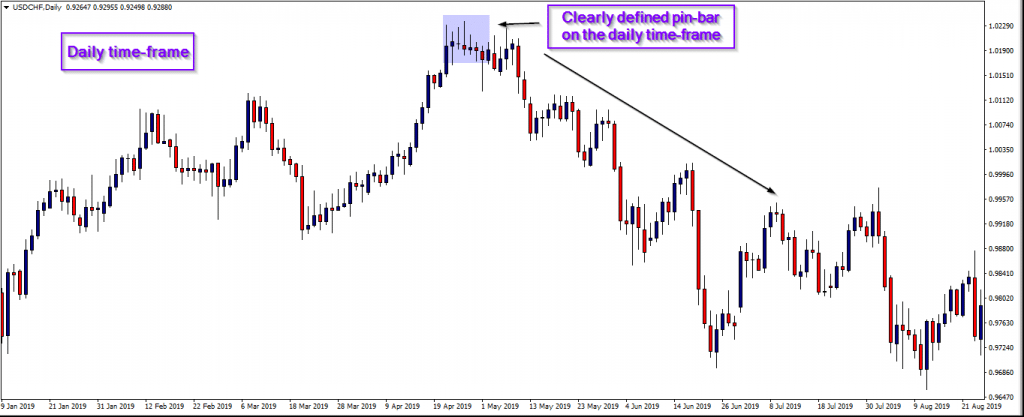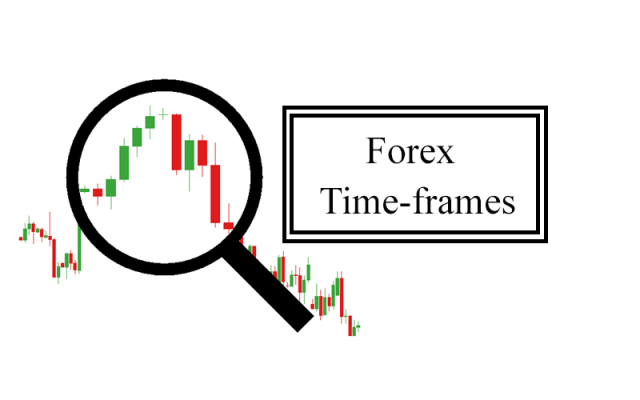Overview
One of the earliest concepts that any trader exposes themselves to is that of time-frames. In forex, we are well-versed with the nine time-frames from the MT4 platform that range from the M1 (one minute) to the MN (monthly). There are different schools of thought that traders subscribe to regarding smaller and bigger time-frames.

Shorter time-frames have become synonymous with scalpers and day traders, and rightfully so. Bigger time-frames are a staple for more long-term traders as they provide somewhat of a bird’s eye view of the markets. There are a few reasons why the latter is given so much importance in forex. While it’s a subjective issue about what would be bigger time-frames, generally speaking, daily, weekly, and monthly time-frames fall into this category.
Understanding the concept of noise and time in forex
Market professionals refer to smaller time-frames as noise, though what exactly is meant by this? Since price moves every second, noise is the amount of these fluctuations occurring to the point of irregularity or unclearness. This erratic behavior makes it very challenging to predict price movements consistently. The further up you go, the smoother the markets appear.
We can compare time-frames as different storybooks. Bigger time-frames essentially provide a synopsis of the broader market story, a summary of all the main points that occurred. With smaller time-frames, you may be getting a ‘blow by blow’ of the events in the story, though much of this action is inconsequential. With bigger-time frames, the amount of screen time required is drastically less than the former.

Now the dimension of time in forex is another interesting factor. Time in the markets operates slightly differently than the reality we know. While this statement may seem strange, it reinforces the idea of why patience is arguably the single most critical characteristic a trader can possess. Let’s use a practical example; compare the difference between a well-defined bearish pin-bar on the 1-hour chart versus one on the daily chart.

The 1-hour signal would suggest that in an hour, there would have been a strong fake-out to the upside where sellers started to drive price back down aggressively. Now, if the exact signal appeared on the daily chart, because it would have taken a full 24 hours to form, this is much more significant. This event would signal that even with such an extended period, buyers appeared to lose much of the fight against sellers. We can expect more failed pin-bars or ones that don’t move the market a great distance on the 1-hour chart (as in the image above).
The probability that the sellers would win the fight after an hour is less probable because this is a shorter time in the bigger scheme of things. A greater scope of time holds more weight. Just as one’s likelier to trust someone they’ve known for a year than one month, the same analogy goes for time-frames.
One achieves a top-down approach when analyzing higher time-frames. You begin to visualize things from a bird eye’s view, and you can attempt to predict big moves that short-term traders aren’t seeing. The image below highlights this idea eloquently. We can see below that the clearly defined daily pin-bar on the daily chart was powerful enough to drive the downtrend that lasted for a few months.

Market sessions also affect time-frames and what we’ve stated above. One of the reasons why the daily close is crucial is that the market events occurring particularly after the New York session (08h30 NY time) have a massive bearing. As this is the busiest of all sessions, traders watch it closely and equally in the aftermath when markets are less volatile and calmer. At the stages towards the daily close, this can often signal what is likely to happen in the next coming days or even longer. In essence, the closing price is like a confirmation factor.
Acquiring the psychological shifts for bigger time-frames
In as much as distinct advantages on bigger time-frames exist, a seismic psychological shift has to occur to be in sync with them. This shift is one of the main disadvantages simply as trading in this style can be a unceasing challenge, even for the most experienced. By its very nature, the forex markets are a lot slower than we may want them to be.
Every trader yearns for big moves, yet such moves are rare and can take very long to manifest. It’s a natural inclination to assume that we can have FOMO because the market appears to be a daily opportunity-filled playground. Though with bigger time-frames, quality matters a lot more than quantity. The industry currently makes it seem that one has to consistently engage with the markets like a regular 9 to 5 job. With bigger time-frames, the possibility exists to dabble in numerous ventures and still maintain a profitable track record with your trading account, which is more stress-free physically and mentally.
Conclusion
To summarise, these are the main benefits of bigger time-frames in forex:
- These time-frames provide better clarity and far less noise and false signals.
- Bigger time-frames can forecast potential big moves in the markets ahead of time.
- Potentially higher risk to reward as a result of big moves.
- Traders need far less time checking the charts, freeing up time to do other things in their lives.




